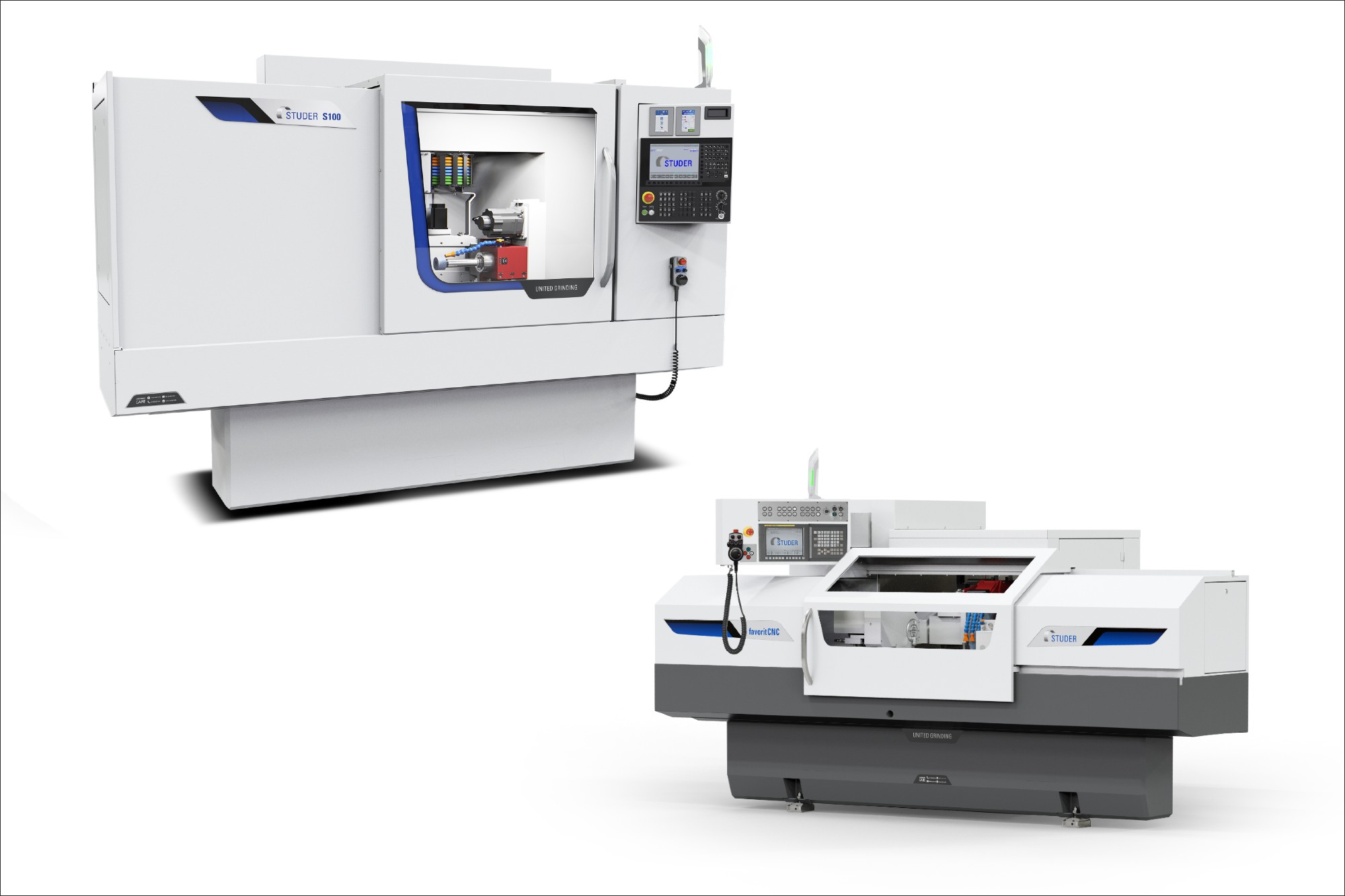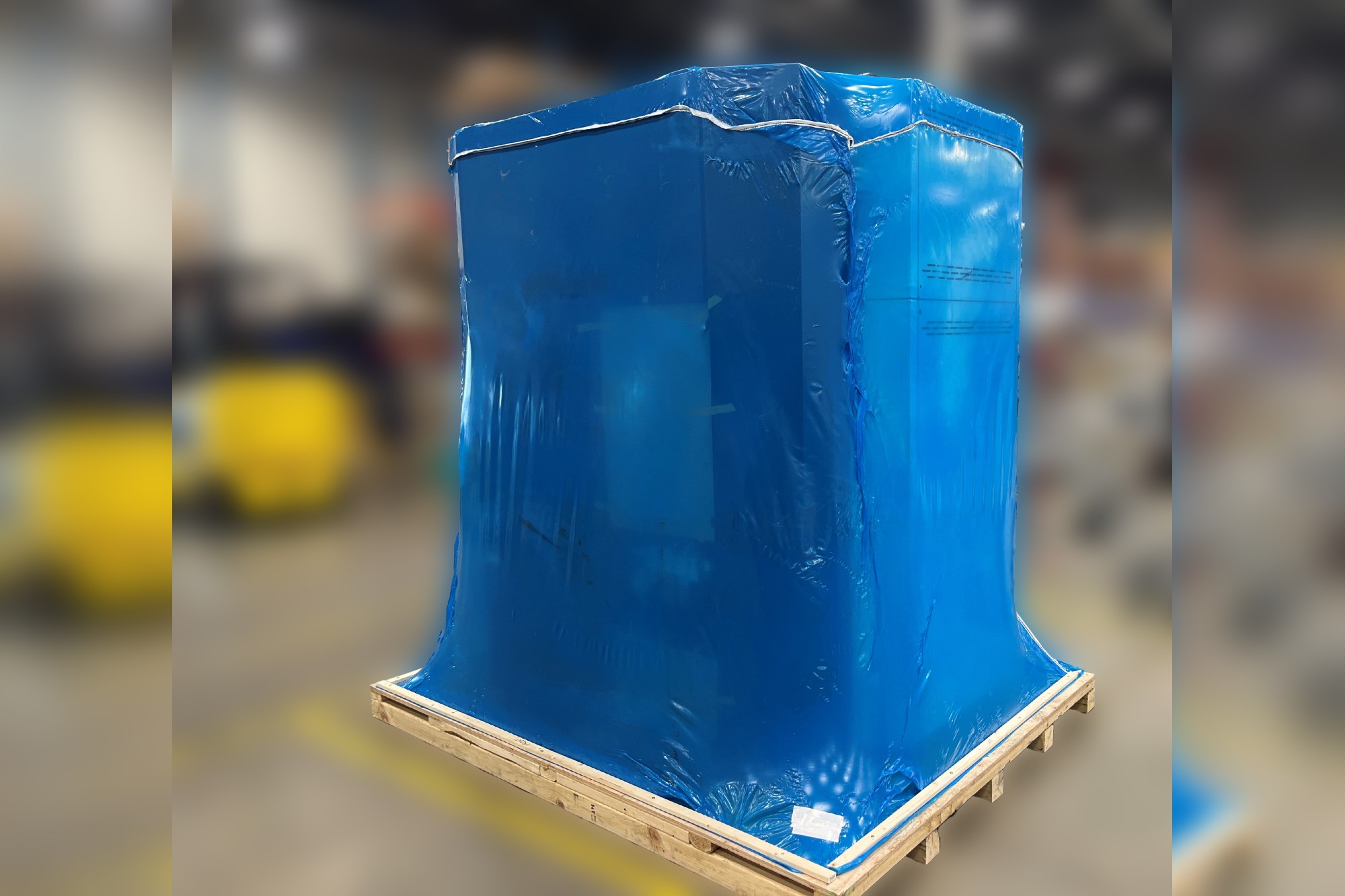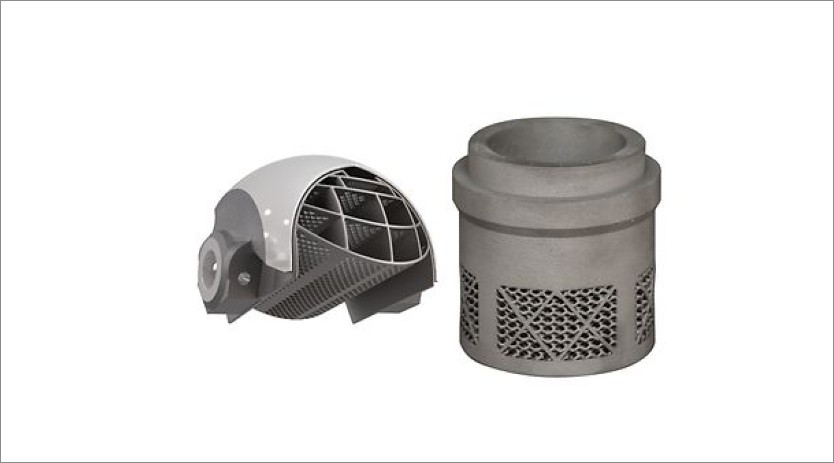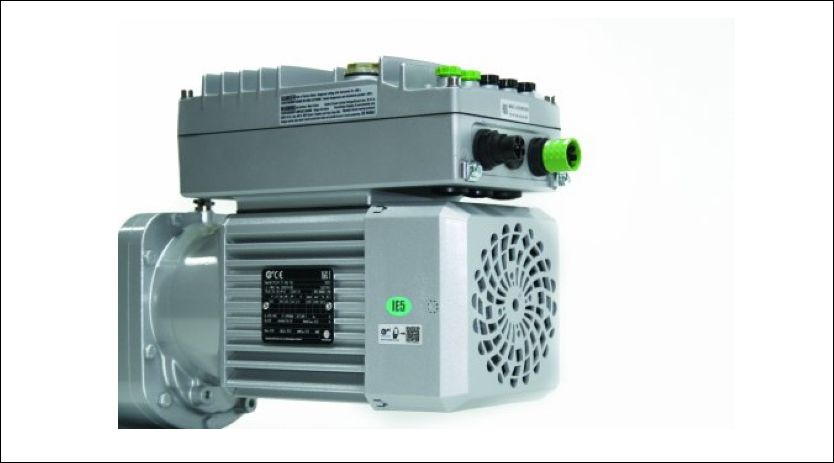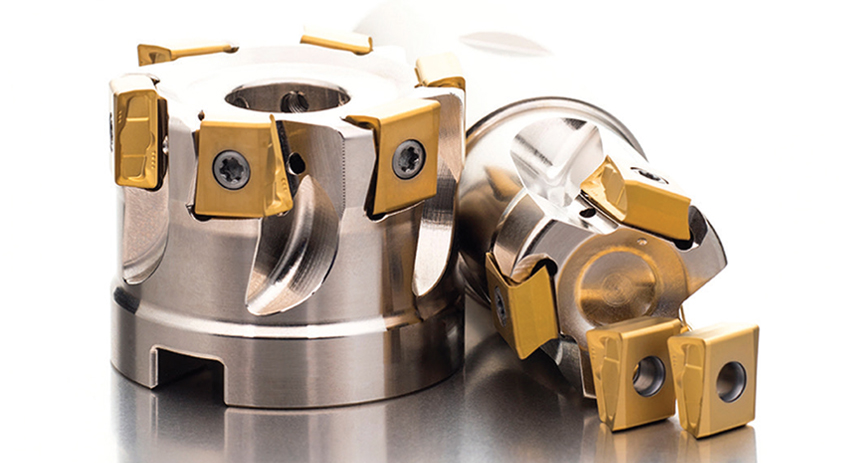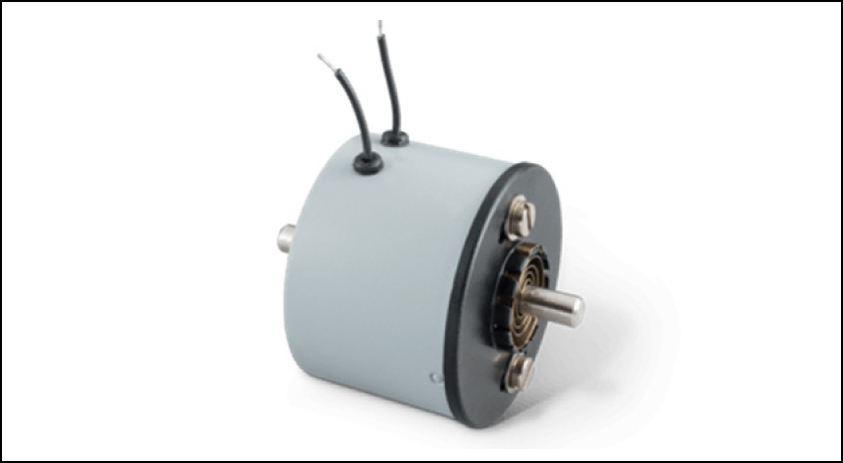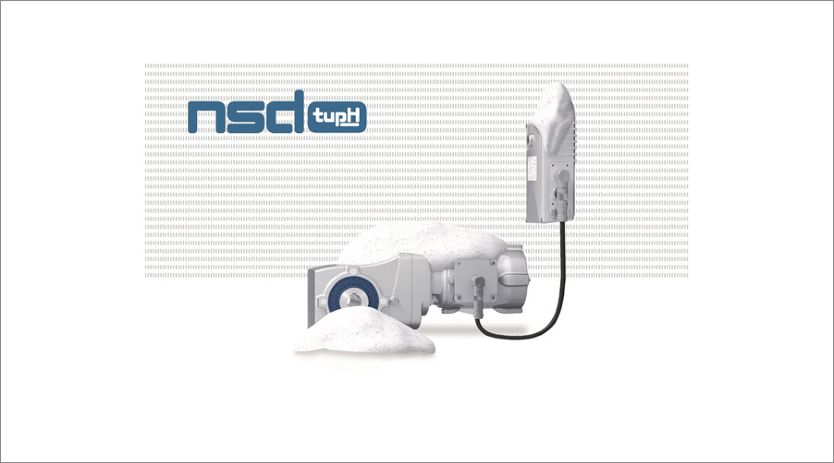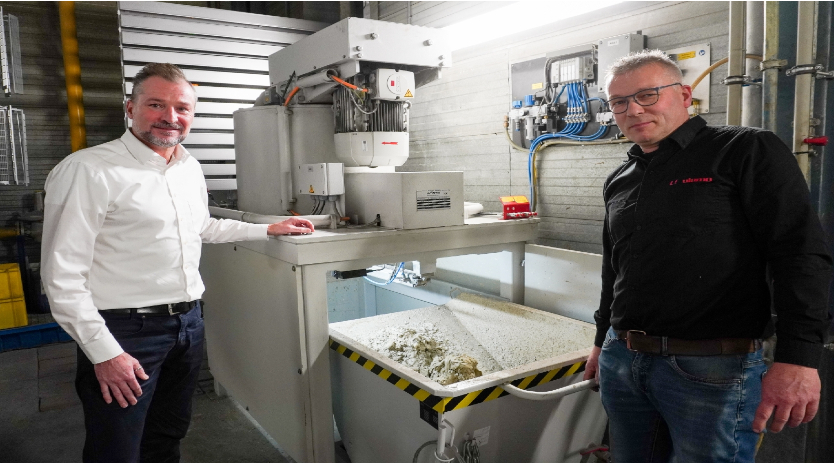High Vapour Resistant Insulator for Air-conditioning Applications [Mar 2012]
By admin March 21, 2012 11:52 am IST
Supreme introduces INSUflex, which has a high diffusion resistance factor to water vapour transmission ≥7000, a low thermal conductivity and excellent fire safe performance. It is suitable for a temperature range from –55ºC to +105ºC. The product does not depend on any additional outer thick skin or coverage. But, is built in with the insulation and extends through the full thickness. It provides a very high efficient method of insulating to control condensation against both heat loss and heat gain. The material is particularly suitable for insulating pipe works for condensation control. It can be used on chilled water pipe lines, refrigerated pipe-works, hot & cold water services and sheets / rolls in air-conditioning ductwork.
INSUflex products are resistant to corrosion fungal and mildew growth. Thus they are suitable for clean room applications. Insulation material with low ‘K’ value exhibits high energy saving potential & thermal performance. Thermal conductivity is the main data used to technical calculated insulation thickness required to prevent condensation.
The main aim of a good insulation material should be that of preventing water vapour from spreading through insulation as water is an optimal heat conductor. INSUflex, having a high water vapour resistance factor, can prevent a flow of water vapour that tends to pass through the insulating material created in air-conditioning system as result of difference in pressure between the pipe (low pressure) and the surrounding air temperature (high pressure). A high water vapour value corresponds to greater material resistance to water vapour penetration.
Ever since a catastrophic fire in an insulation manufacturing facility, foreign manufactured materials have been more amiable to all. The end-user, in many cases, does not place primary importance on where the product is made if the product meets the specification. Therein lies a very important question, does the foreign manufactured material meet the applicable material specification and standards? It may look and feel the same and is in a similar wrapper but is the composition, health and safety aspects, quality and its performance standards measured on the same basis as domestic manufactured materials?
Cookie Consent
We use cookies to personalize your experience. By continuing to visit this website you agree to our Terms & Conditions, Privacy Policy and Cookie Policy.




